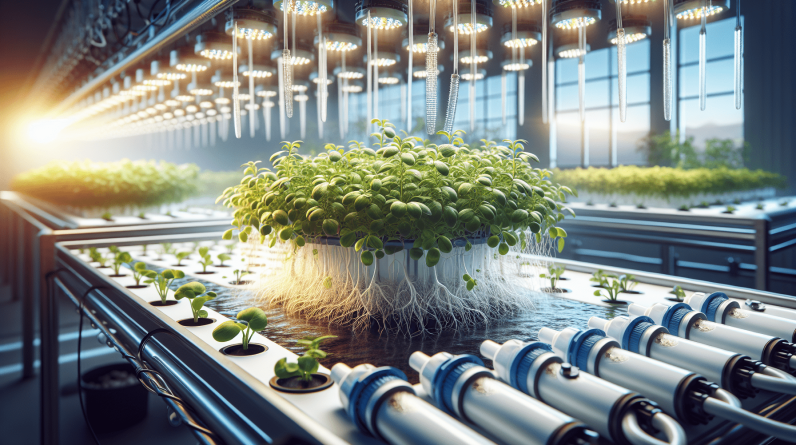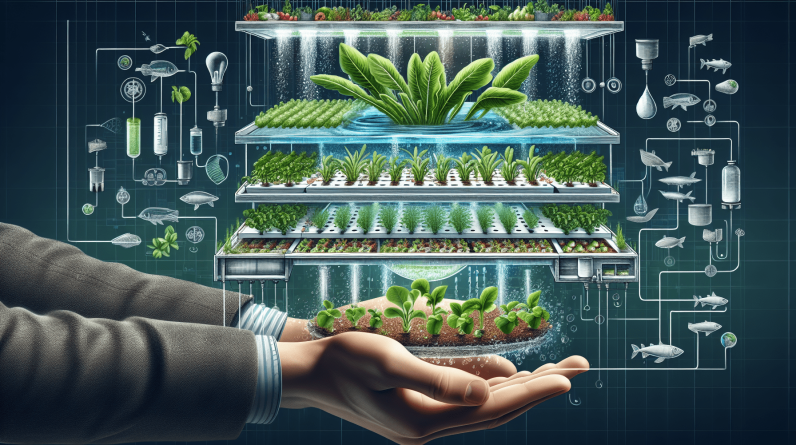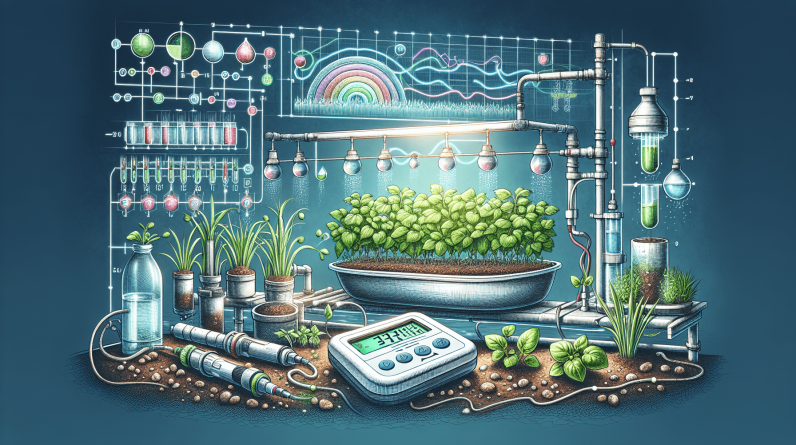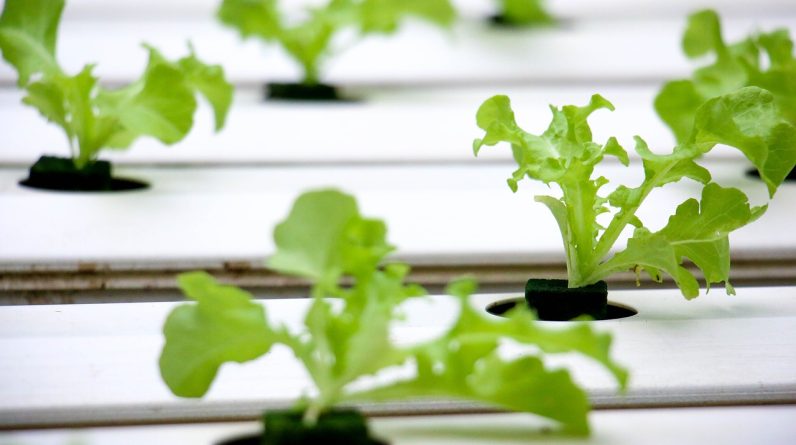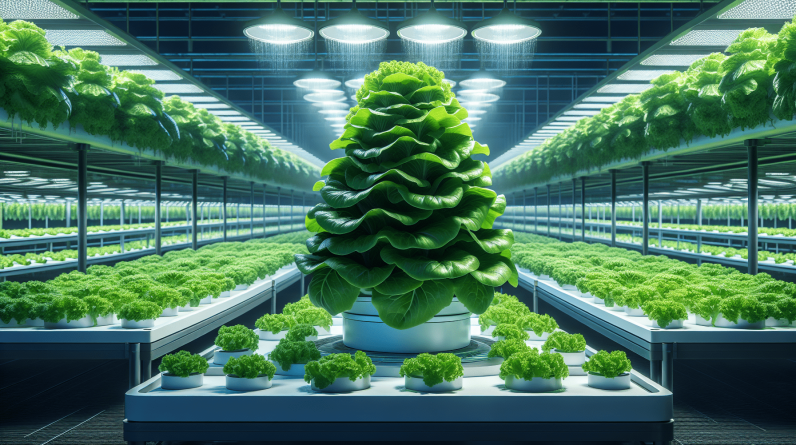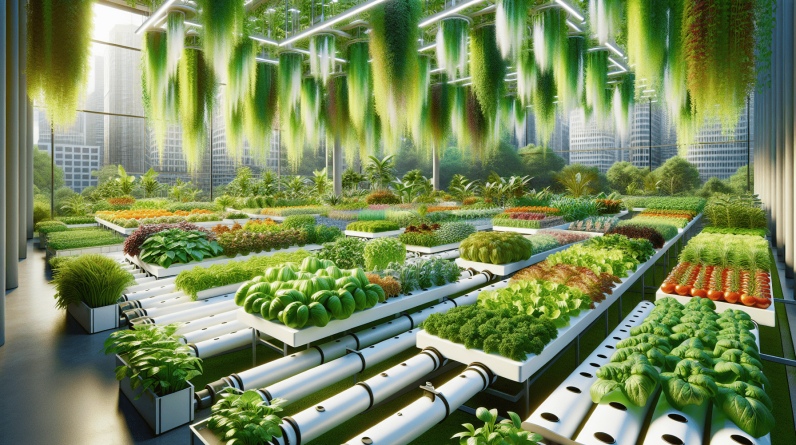
Are you interested in trying a new method of gardening that is both efficient and sustainable? Hydroponic gardening may be the perfect solution for you!
What is Hydroponic Gardening?
Hydroponic gardening is a method of growing plants without soil. Instead of traditional soil gardening, this technique utilizes a nutrient-rich solution to provide essential elements directly to the plant roots. By eliminating the need for soil, plants can grow faster and produce more bountiful harvests.
Benefits of Hydroponic Gardening
Hydroponic growing systems offer a wide range of benefits, making it an attractive option for both beginners and experienced gardeners. Some of the key advantages include:
- Faster plant growth and higher yields
- Water conservation (up to 90% less water usage compared to traditional gardening)
- Year-round cultivation regardless of external weather conditions
- Reduced risk of soil-borne diseases and pests
- Healthier plants with fewer chemical inputs
- Sustainable and efficient approach to growing fresh, nutritious crops
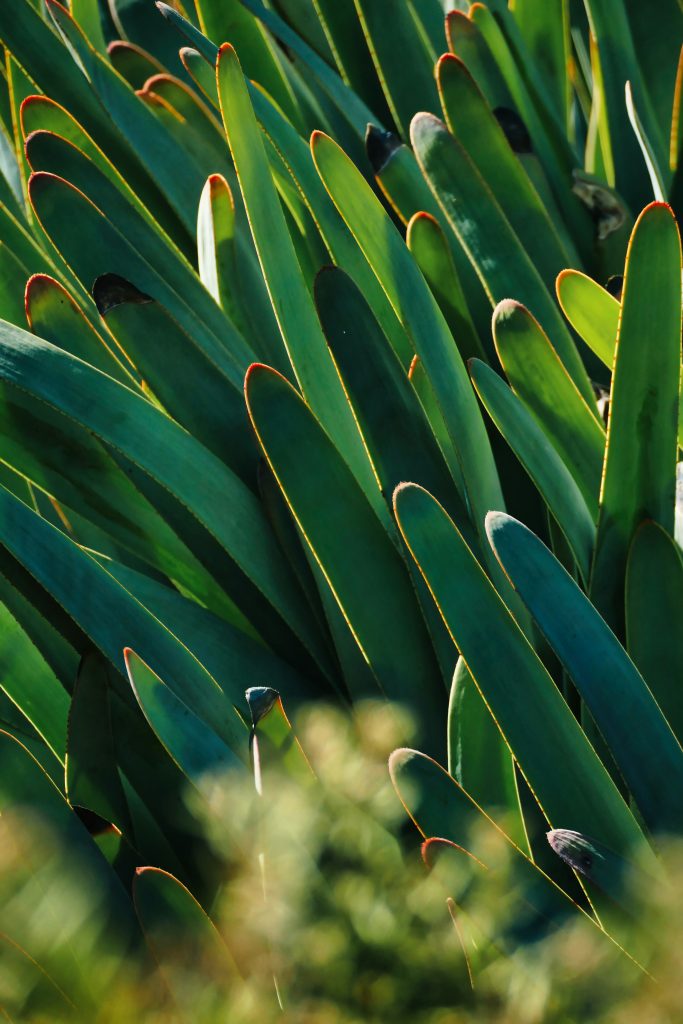
Getting Started with Hydroponic Gardening
If you’re new to hydroponics, starting a hydroponic garden may seem overwhelming at first. However, with the right knowledge and guidance, you can set up your own hydroponic system with ease.
Choose a Hydroponic System
There are several types of hydroponic systems available, each with its unique characteristics and requirements. Some popular options for beginners include:
- Deep Water Culture (DWC): In this system, plant roots are submerged in a nutrient solution, providing ample oxygen for healthy growth.
- Nutrient Film Technique (NFT): Plants are grown in a shallow stream of nutrient solution, allowing for constant supply and easy monitoring.
- Ebb and Flow: This system uses a periodic flooding and draining mechanism to deliver nutrients to the plant roots, mimicking natural irrigation cycles.
- Aeroponics: Plants are suspended in the air, with nutrient solution sprayed directly onto the roots for efficient nutrient uptake.
Selecting Plants for Hydroponic Gardening
Not all plants are suitable for hydroponic cultivation. When choosing plants for your hydroponic garden, consider factors such as growth rate, space requirements, and nutrient preferences. Some popular plants that thrive in hydroponic systems include:
- Herbs: Basil, mint, parsley
- Leafy greens: Lettuce, kale, spinach
- Vine crops: Cucumbers, tomatoes, peppers
- Strawberries: Suitable for vertical hydroponic systems
Setting Up Your Hydroponic Garden
Once you’ve selected a hydroponic system and chosen your plants, it’s time to set up your garden. Here are some steps to get you started:
- Prepare a suitable location with access to natural or artificial light.
- Assemble your hydroponic system according to the manufacturer’s instructions.
- Fill the reservoir with a nutrient solution tailored to your plants’ needs.
- Plant your seedlings or cuttings into the growing medium.
- Monitor the pH and nutrient levels regularly to ensure optimal plant growth.
Maintaining Your Hydroponic Garden
Proper maintenance is crucial for the success of your hydroponic garden. Regular monitoring of pH levels, nutrient concentrations, and plant health is essential to prevent issues such as nutrient deficiencies or root rot. Here are some tips for maintaining your hydroponic system:
- Check the nutrient levels weekly and adjust as needed.
- Monitor plant growth and prune as necessary to encourage healthy development.
- Clean the system components regularly to prevent algae growth and clogging.
- Conduct routine inspections for pests and diseases to address any issues promptly.
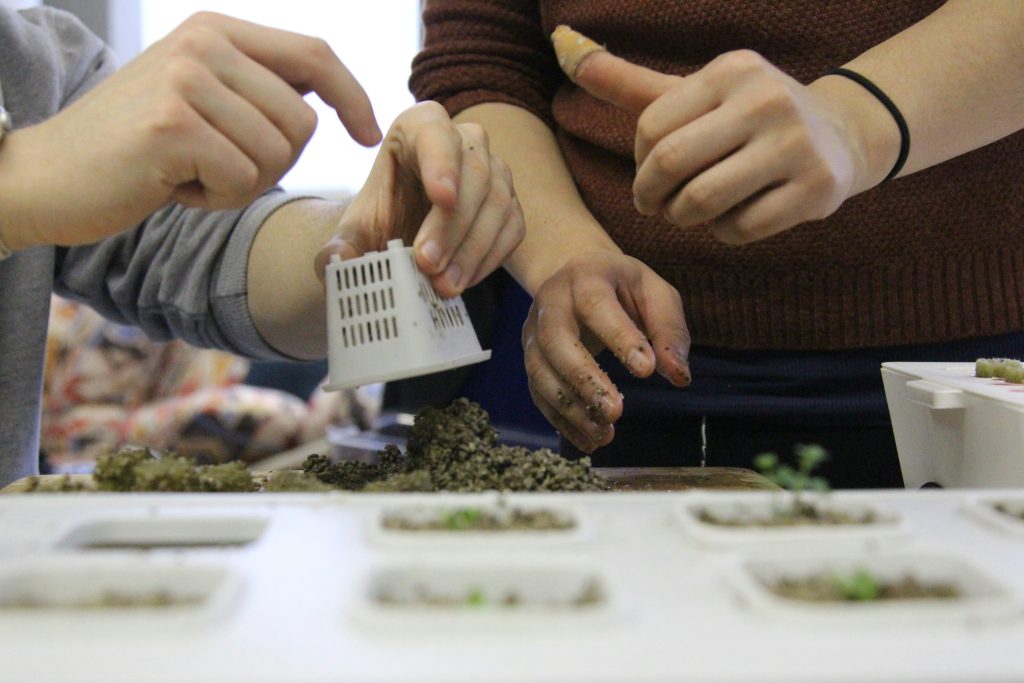
Troubleshooting Common Issues in Hydroponic Gardening
Even with proper care, hydroponic systems may encounter occasional challenges that can affect plant growth and overall performance. Here are some common issues beginners may face and how to address them:
Nutrient Deficiencies
Symptoms: Yellowing or discolored leaves, stunted growth Solution: Adjust the nutrient solution to correct deficiencies in specific nutrients, such as nitrogen, phosphorus, or potassium.
Root Rot
Symptoms: Wilting plants, foul odor, brown and mushy roots Solution: Maintain proper oxygen levels in the root zone by aerating the nutrient solution or adjusting the water level in the reservoir.
Algae Growth
Symptoms: Green slime or film on system components Solution: Reduce light exposure to the nutrient solution by covering the reservoir or using light-blocking materials to prevent algae growth.
Pest Infestations
Symptoms: Visible pests on plants or system components Solution: Use natural or organic pest control methods such as neem oil or introduce beneficial insects to combat pests without chemical interventions.

Harvesting and Enjoying Your Hydroponic Produce
After weeks of care and maintenance, your hydroponic plants are ready for harvest! When harvesting your crops, remember to:
- Use clean, sharp scissors to avoid damaging plants.
- Harvest leafy greens and herbs regularly to promote continuous growth.
- Store harvested produce in a cool, dark place to maintain freshness.
- Enjoy your homegrown, nutrient-rich crops in salads, smoothies, or cooked dishes.
With the right knowledge and dedication, you can experience the joys of hydroponic gardening and reap the rewards of fresh, flavorful produce year-round. Happy growing!





